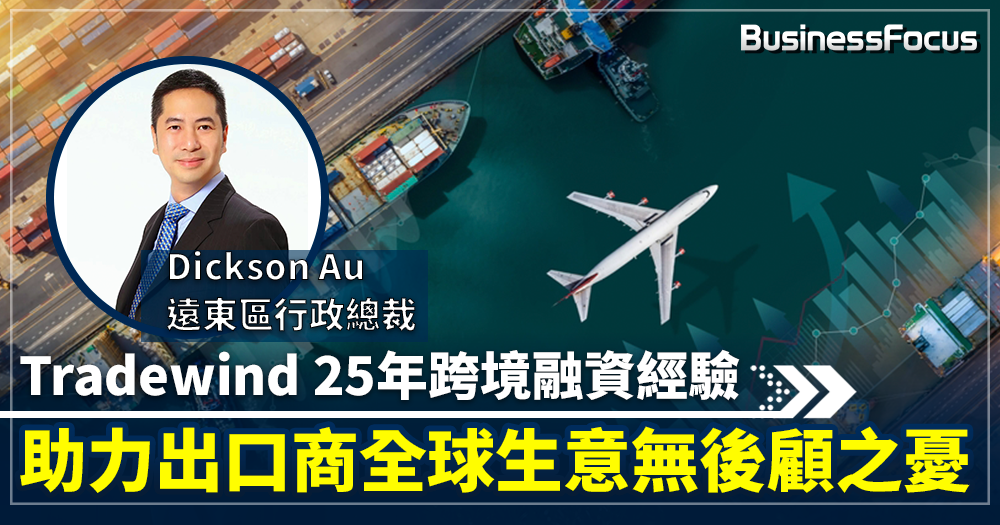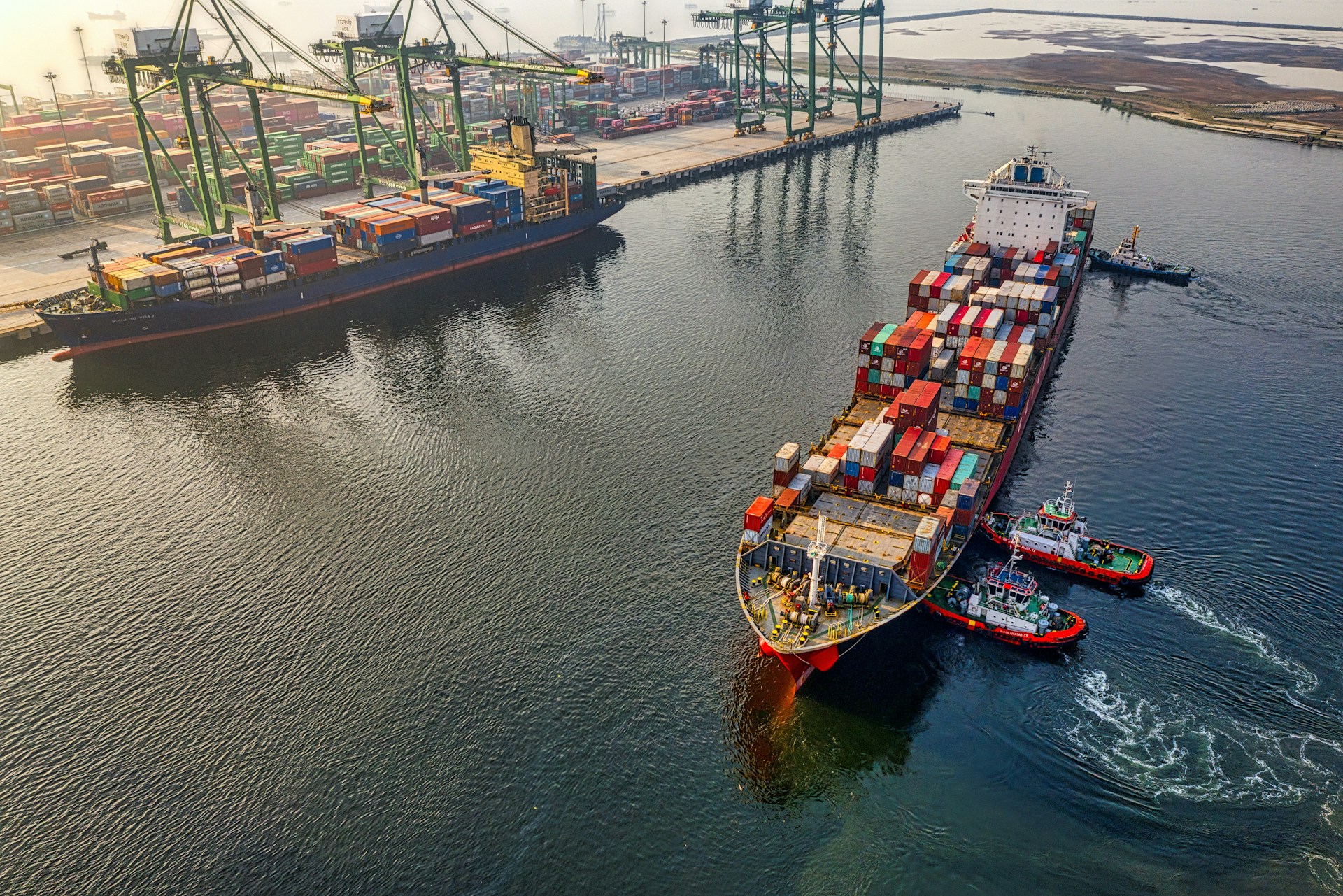Benefiting from its advantageous location, Indonesia stands out as a large textile and garment exporter in Southeast Asia. As of 2022, the country has successfully exported textiles and apparel amounting to approximately USD 12 billion, according to the Indonesian Fiber and Filament Yarn Producers Association (APSyFI). The industry not only contributes significantly to the nation’s economic growth but also serves as a vital source of employment for the growing labor force.
However, weaker demand in key export markets, such as the United States and Europe, coupled with higher production costs became challenges for the industry. In the tight funding environment, a local textile garment manufacturer turned to Tradewind Finance in order to address the financial distress. The exporter was satisfied with the finance provider’s tailor-made non-recourse factoring solution, which could be scaled based on their sales volume. The factor’s efficient on-the-ground support and strong global presence also attracted the company.
Empowered with the export funding facility of USD 300,000 and credit protection that was also offered, the experienced manufacturer was able to free up the cash flow tied up in their accounts receivables and reduce global trade risks significantly. In this way, the exporter could accept more orders to expand the brand’s presence in the fiercely competitive overseas market. Going forward, the company is expected to increase their annual turnover and factoring volume with optimized cash flow.
“We feel honored to work with such a professional client in the textile industry in a high potential market. The continuous and in-time financial support will help our client boost market share with high-quality products and maintain long-term relationships with buyers. We also look forward to a sustained and successful partnership with the client in the future,” said Dickson Au, Regional CEO – Far East, at Tradewind Hong Kong.
Tradewind first began its financing portfolio in the textile industry nearly 25 years ago and continues to support this sector with tailor-made trade finance solutions today. Through risk mitigation techniques and reducing the time it takes to get paid, Tradewind equips exporters to trade seamlessly and securely.
About Tradewind Finance
Founded in 2000, Tradewind Finance maintains a network of offices all over the world, including Bangladesh, Brazil, Bulgaria, China, Hong Kong SAR, Hungary, India, Pakistan, Peru, Turkey, UAE, and the USA as well as the headquarters in Germany. Combining financing, credit protection, and collections into a single suite of trade finance products, Tradewind brings streamlined, flexible, and best-in-class services to the world’s exporters and importers.



